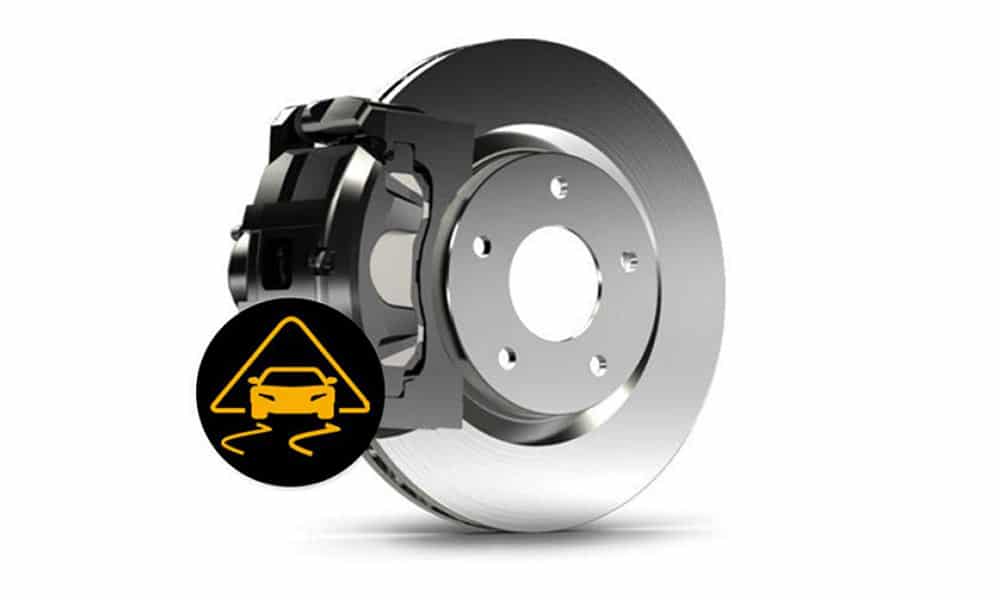Anti-lock Braking System/ Anti-skid braking system are a sort of dynamic safety system of a car. This mechanism comes into action when the driver of the car suddenly applies the brakes in case of any emergency. Anti-lock braking system would help the drivers have a better control of the car in specific road conditions where hard braking might be essential. Presently in many countries are mandatorily using the antilock braking system on cars is compulsory in most parts of the world
What is the need for Antilock Braking System in cars?
Whenever the driver applies the brakes suddenly to a high-speed vehicle, there can always be a chance of the ‘wheel-lock’. The wheel-lock implies that the respective wheel would stop suddenly instead of slowly coming to a halt. Because of the wheel-lock, the driver loses control over the vehicle, and the vehicle slides off the road. In this way, a fatal mishap happens. So, to avoid such situations, the carmakers are now employing the Antilock Braking System in their cars.
Anti-Lock Braking System is the part of the overall stability system, and it is commonly called as Electronic Stability Control (ESC), which monitors the wheels’ under heavy braking. Each wheel has a sensor connected to it. If the sensors detect that a wheel is going to bolt up and stop moving, then the system will discharge the brake. The discharge is only for a short time.
Antilock Braking System then persistently and repeatedly applies optimum braking pressure to each wheel, which means the system will slow down just enough to not lock the wheels.
At the point when the Antilock Braking System is active, you may feel the pulsation through the brake pedal as if you are squeezing it. The anti-lock system enables the driver to stay in charge of the vehicle as opposed to bringing the vehicle to a stop. It also reduces the risk of sliding in any event, even when undertaking unnecessary evasive maneuvers. This is the reason why it is important to remember that the vehicle’s braking distance may increase.
In vehicles that do not have anti-lock brake systems, in those cars, the drivers who experience slippery conditions have to pump their brakes to ensure that they do not spin out of control due to locked-up wheels. The Anti-lock braking systems synchronize wheel activity with a sensor on each wheel that regulates the necessary brake so that all wheels are working in the same speed range.
Working of Antilock Braking System
After getting the signal of very low speed from the wheel speed sensor, the Antilock Braking System module directs the brake control unit to decrease the braking force of that wheel. Decreasing the braking force implies decreasing the hydraulic pressure in the brake line acting on that wheel. The Brake Control Unit would lessen the line pressure with the help of the valves in the system. At the point when the braking forces decrease, the wheel would begin to rotate at a higher speed, thereby avoids the wheel-lock and as the wheel doesn’t lock, the steerability of the vehicle would remain intact. This implies that the vehicle would move as directed by the driver’s input without skidding. Whenever the normal condition is restored, the Brake Control Unit reinstalls the hydraulic pressure in the brake line with the help of a pump.

